Originally published in Track & Signal October-December 2016. Written by John Anderson, Chairman of ACRI.
One stark event, reported upon by the Australian Transport Safety Board (ATSB) in August 2016, illustrates the case for moving as quickly as possible on the Melbourne-to-Brisbane Inland Rail Project and for the rail industry to continue to improve its research efforts, particularly into level-crossing safety.
The ATSB reported on a collision between a truck and a train at a level crossing four kilometres south of Narromine in September 2015. The truck driver – in his mid-40s – was killed. His prime mover and one of his two trailers were destroyed. Two wagons were damaged, one of which was derailed.
Narromine (population 3800) is between Parkes and Narrabri and on the route of the proposed Melbourne-to-Brisbane Inland Rail Project. The existing 107km of track between Parkes and Narromine (including where this collision took place) is to be upgraded by the Australian Rail Track Corporation to bring it up to Inland Rail standards.
The ATSB found that the truck driver’s attention was probably focused on negotiating the sweeping right-hand curve that preceded the crossing at a critical time when he needed to check for the activation of the crossing. It was likely that when the driver realised the flashing lights were operating, he was too close to the crossing to stop.
Most motorists would think it inconceivable that a vehicle and a train could collide at a level crossing with flashing lights. But it happened then and continues to be a risk to safety even now.
Research by the Australasian Centre for Rail Innovation into level crossings continues to reveal valuable information on causation and prevention of level-crossing collisions. Aside from the human suffering, level-crossing collisions have high economic cost. If just some can be prevented, the research will prove more than worthwhile both in human and economic costs.
As it happens, this truck was carrying grain. it is precisely commodities such as these that the completed Inland Rail will handle so efficiently and economically.
It is a huge project and construction will take a decade. Nonetheless, there is urgency. The longer the project is delayed, the greater the pressure to increase road capacity, especially in inland NSW. The sooner it is built, the sooner the need for greater road capacity will reduce, and the sooner there will be improved safety for all road users.
One train on the inland rail will replace an incredible 108 B-double trucks and use just a third of the fuel. The economic, environmental and safety advantages of rail over long-haul routes is huge.
But it is easy for decision-makers to make a series of small spends on roads and difficult to make one very large spending decision, even if the large spend would result in much better transport outcomes. If we get on with the rail, we will get the right outcome. If we delay, the wrong decision will be made for us through a lot of incremental spending on roads.
The project was rated in May 2016 as a priority project by Infrastructure Australia. In the 2016 Budget, the project was allocated a further $594 million for, amongst other things, land acquisition for the 500km of new rail corridor.
Infrastructure Australia has done a thorough evaluation and says the project will have a positive economic return on investment even without counting the wider economic benefits that will flow from the project.
Economics aside, we must not relax on technical and safety research, which could be applied to the new project more easily than replacing old technology.
ACRI has undertaken significant research that will have application to Inland Rail and will continue to build on it. ACRI is working on things like modelling of how wear increases as locomotive traction increases, to ensure that the latest research will support the new infrastructure delivered as part of the Inland Rail project.
Inland Rail will still have level crossings. It has to. The Australian Rail Track Corporation says the line will have some passive protection (stop-signs only) crossings on unsealed roads “where there are adequate lines of sight”. It is important to balance things like the cost of grade-separated crossings and the need to preserve connectivity for local motorists, as well as ensuring rural property owners can move livestock or machinery from one side of their property to another.
As the Inland Rail goes ahead, Australia needs to increase its rail research and innovation efforts to ensure that by the time our major infrastructure projects are ready for delivery, we are well positioned to capitalise on the latest research and innovation available.
We cannot just rely on overseas research. Australia’s conditions are very different from those in other countries. Further, Australia only gets easy access to international research if we have something to give other countries in return.
To that end ACRI has signed a number of agreement with similar overseas bodies that will give Australia and New Zealand access to the results of international research, as well as important information about the sort of research they are undertaking so we can avoid duplication and develop further opportunities for collaboration.
With Inland Rail and greater safety research, we can hope to have far fewer tragic collisions like the one at Narromine in September 2015.
John Anderson is chair of the Australasian Centre for Rail Innovation and former Deputy Prime Minister and Minister for Infrastructure. He is chair of the Inland Rail Implementation Group.
